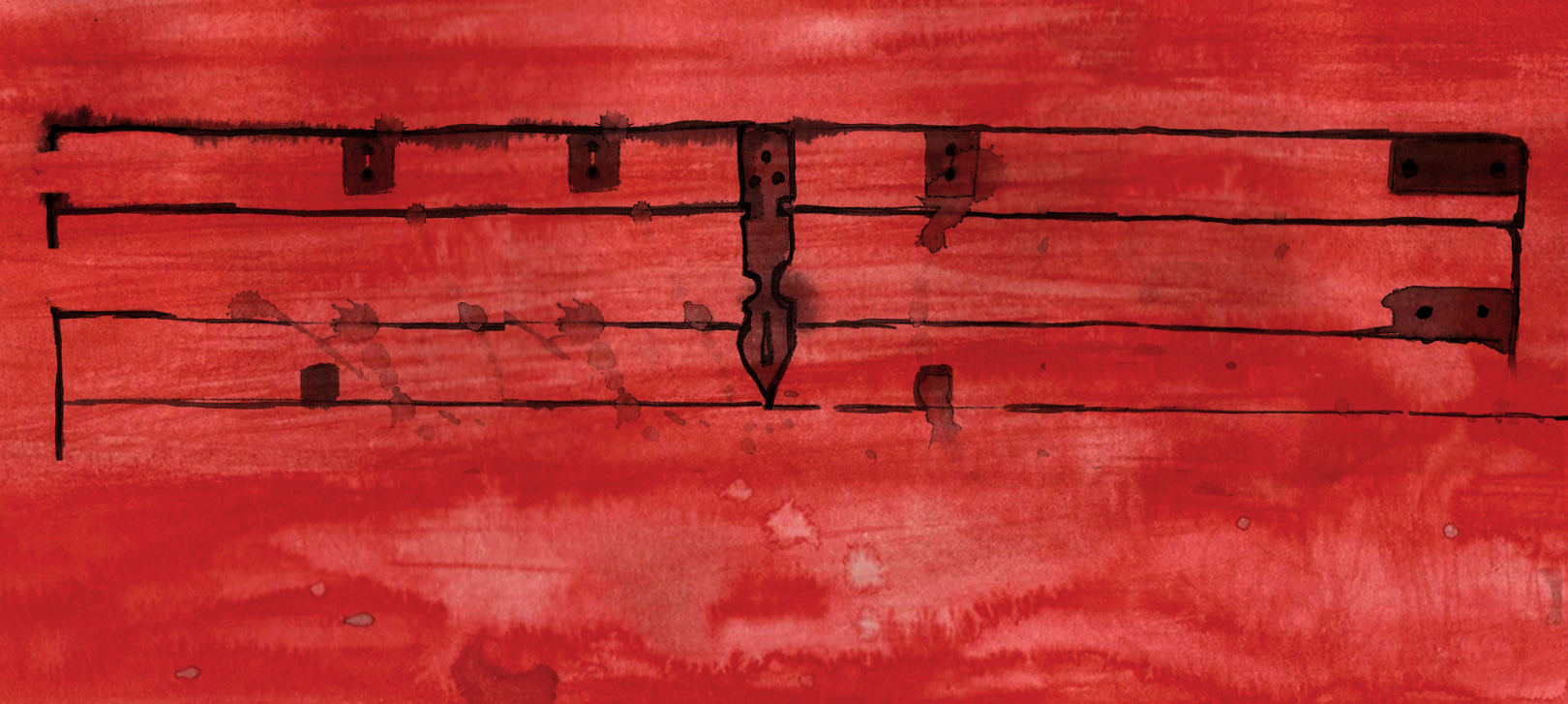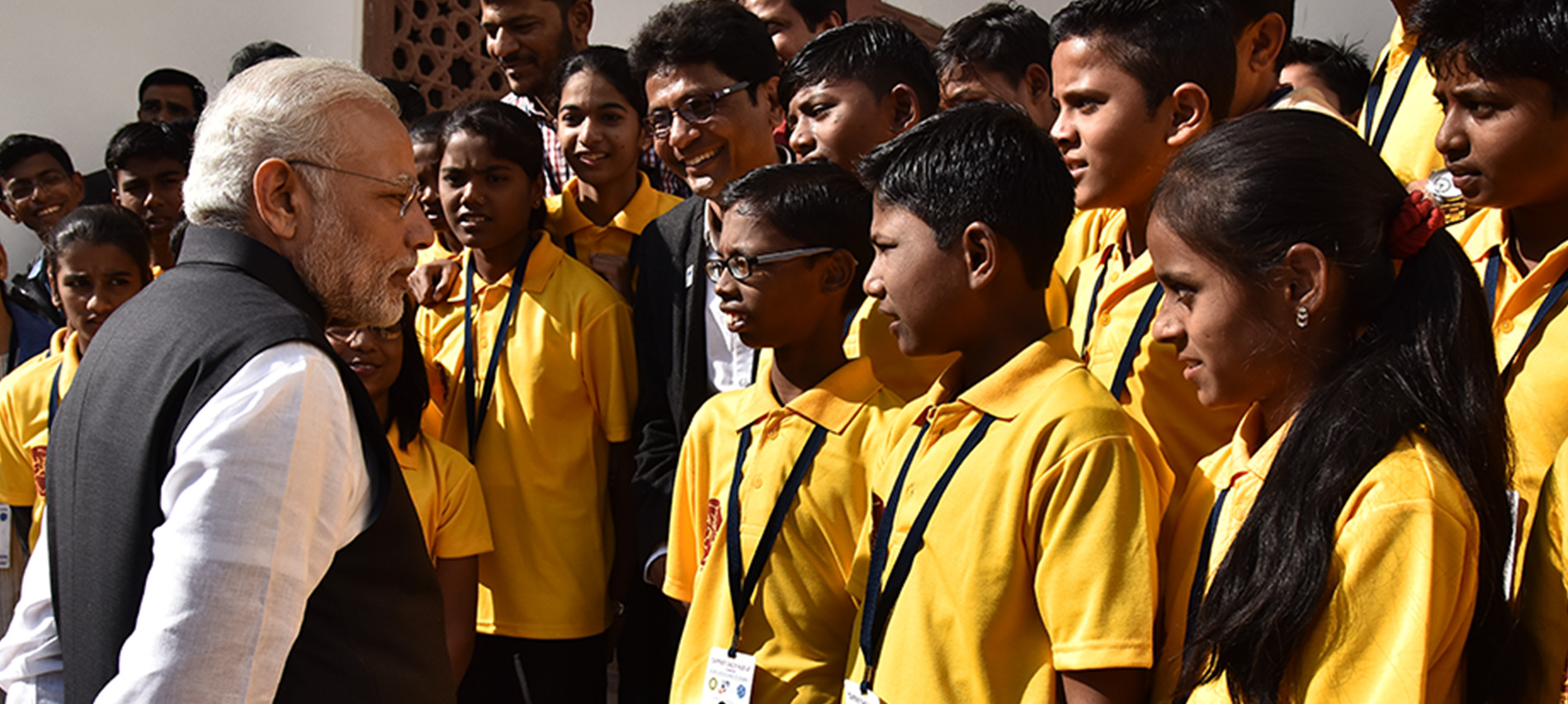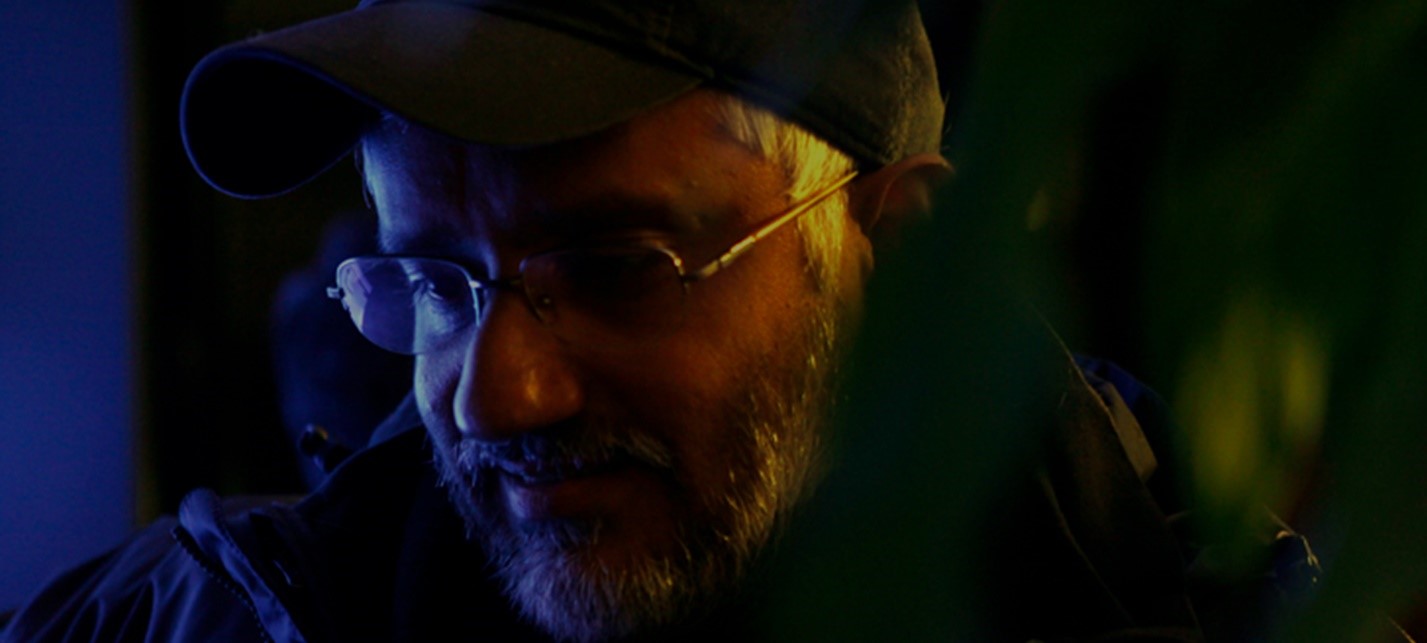What do we understand by the term ‘freedom’? The liberty to make our choices, the liberty to lead the life we want, the liberty to speak the language we choose. But does freedom mean the same thing to everyone?
Here are 7 quotes by famous writers with different meanings to ‘freedom’.



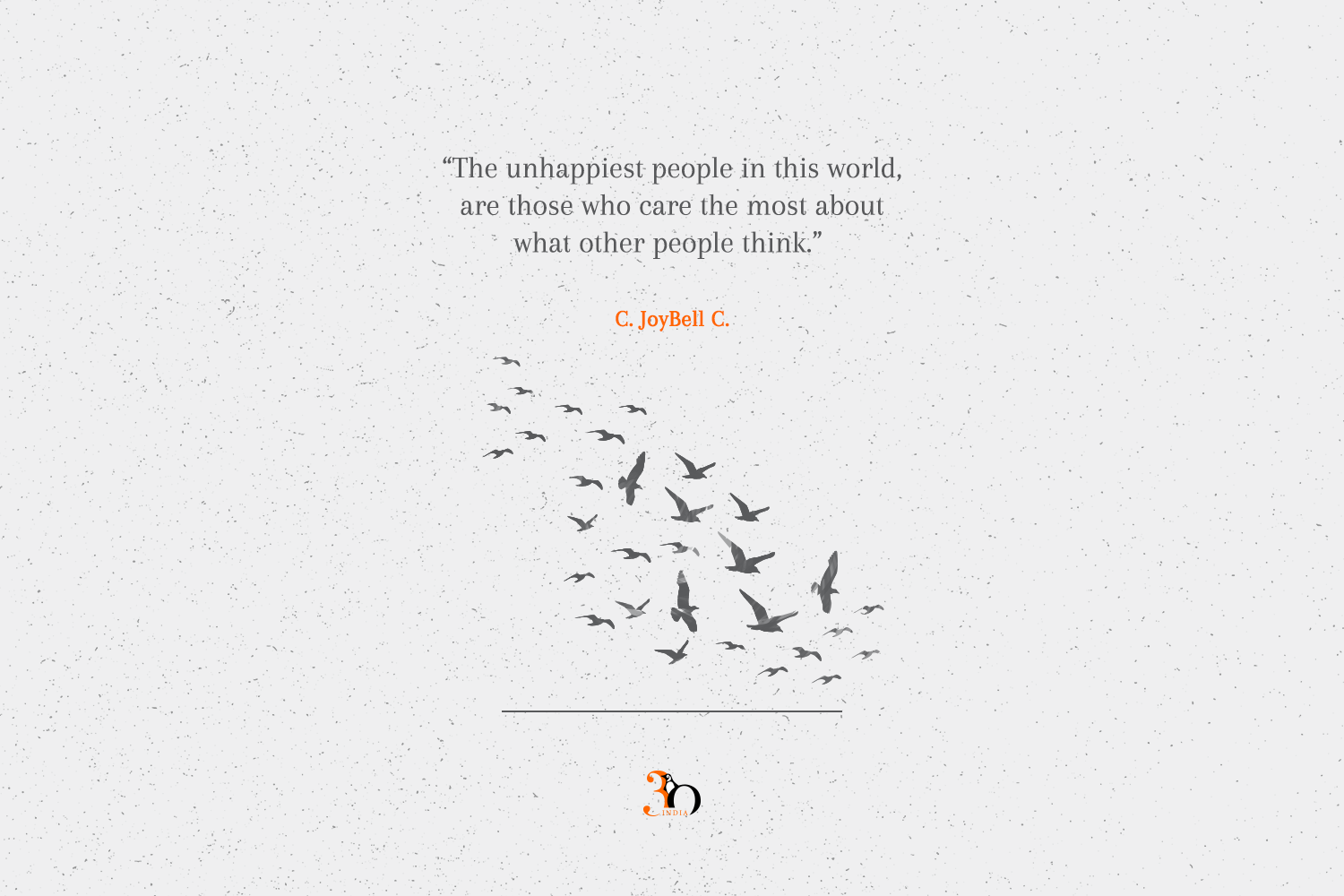

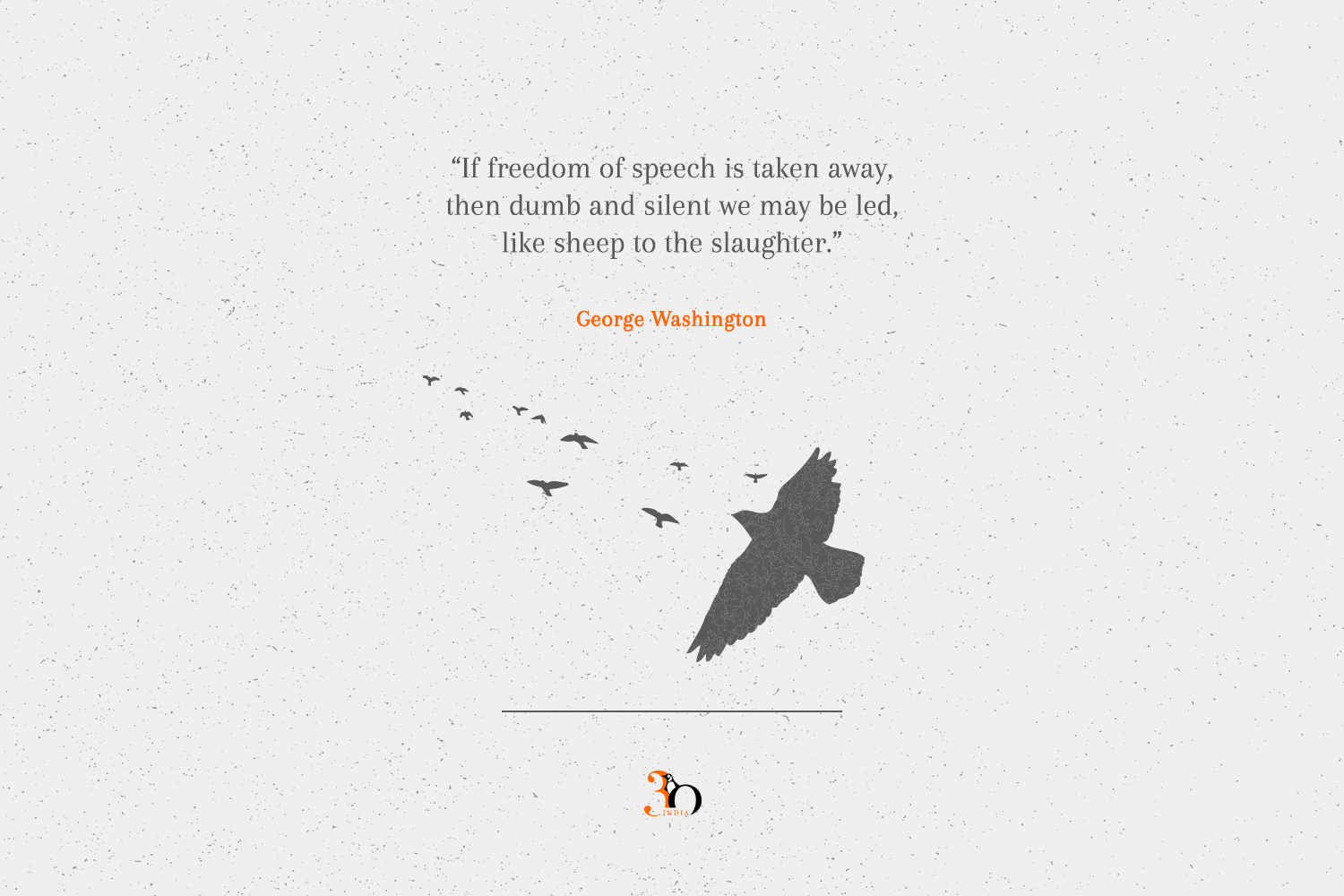

Tell us which idea of freedom do you agree with!
Tag: Bulletin Board
5 Books You Must Read in Remembrance of the Partition
The pain of partition accompanied the joy of freedom for India. Even after seventy years, the horrors of violence still haunt the two countries.
The Remembering Partition Box Set is a collection of five iconic books which look at the different faces of partition, from the larger political and historical view to the very personal tales of hatred, grief, courage and friendship.
Here are the five books that commemorates one of the most defining moments of our history.
Train to Pakistan by Khushwant Singh
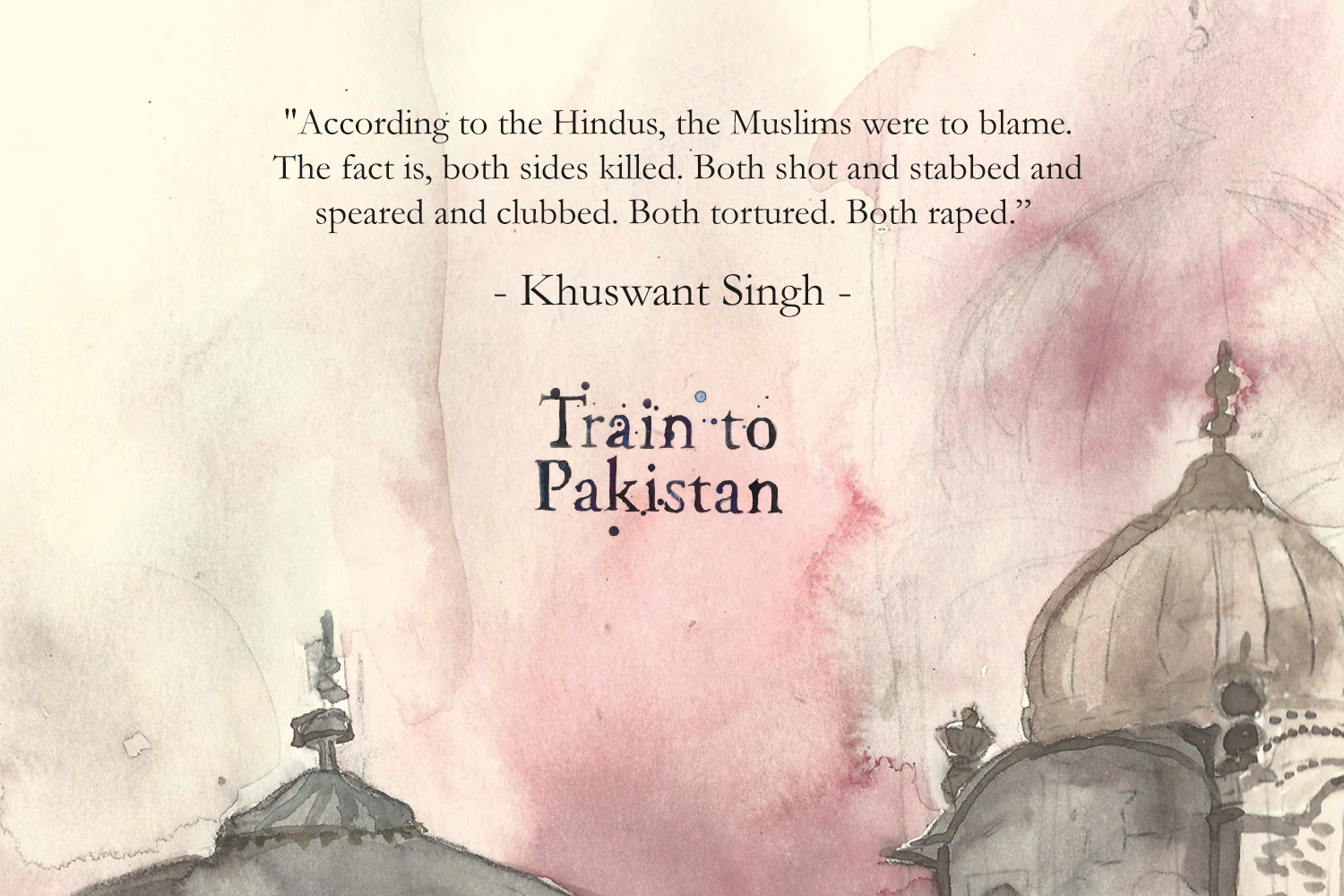
Ice-Candy-Man by Bapsi Sidhwa
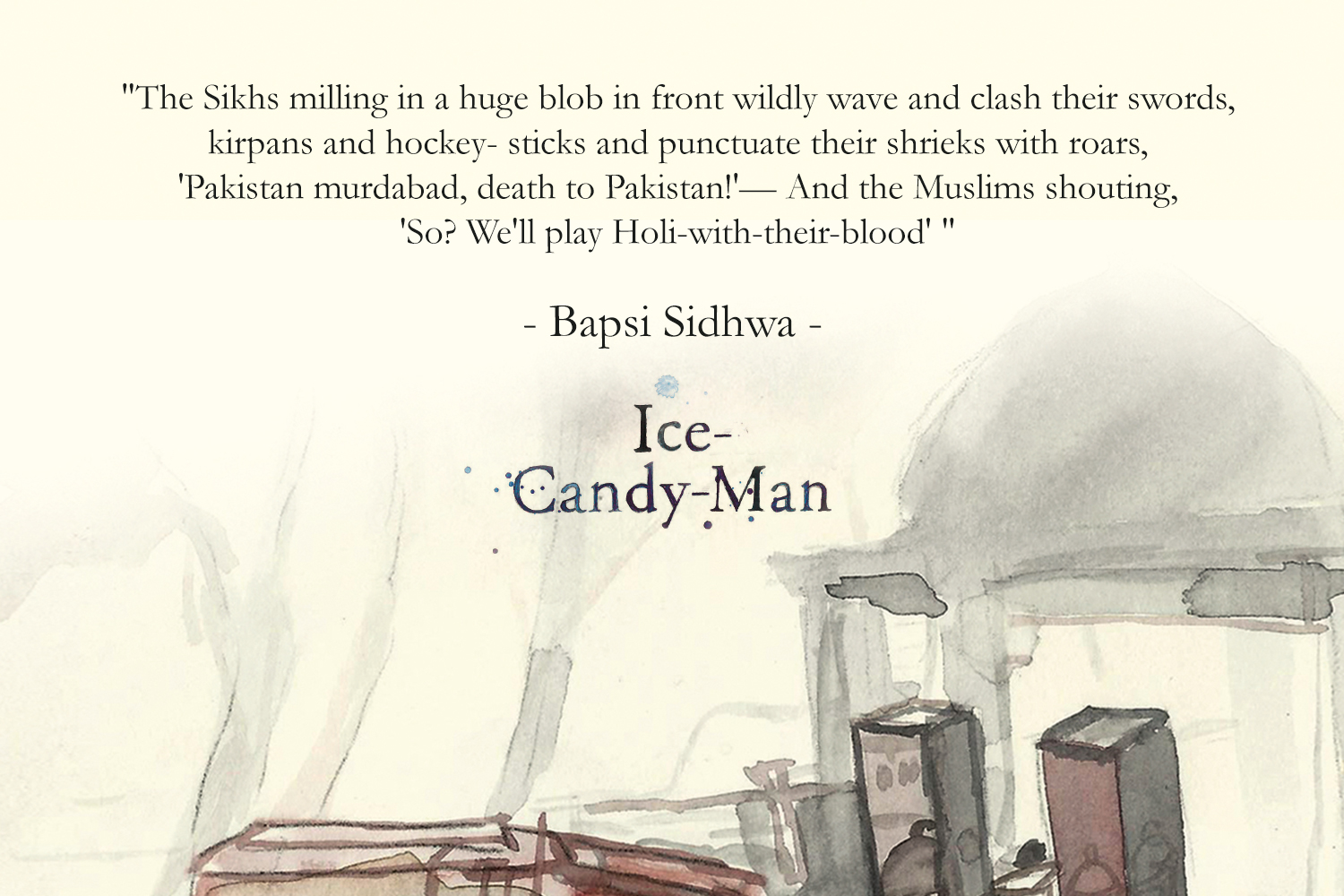
This Is Not That Dawn by Yashpal
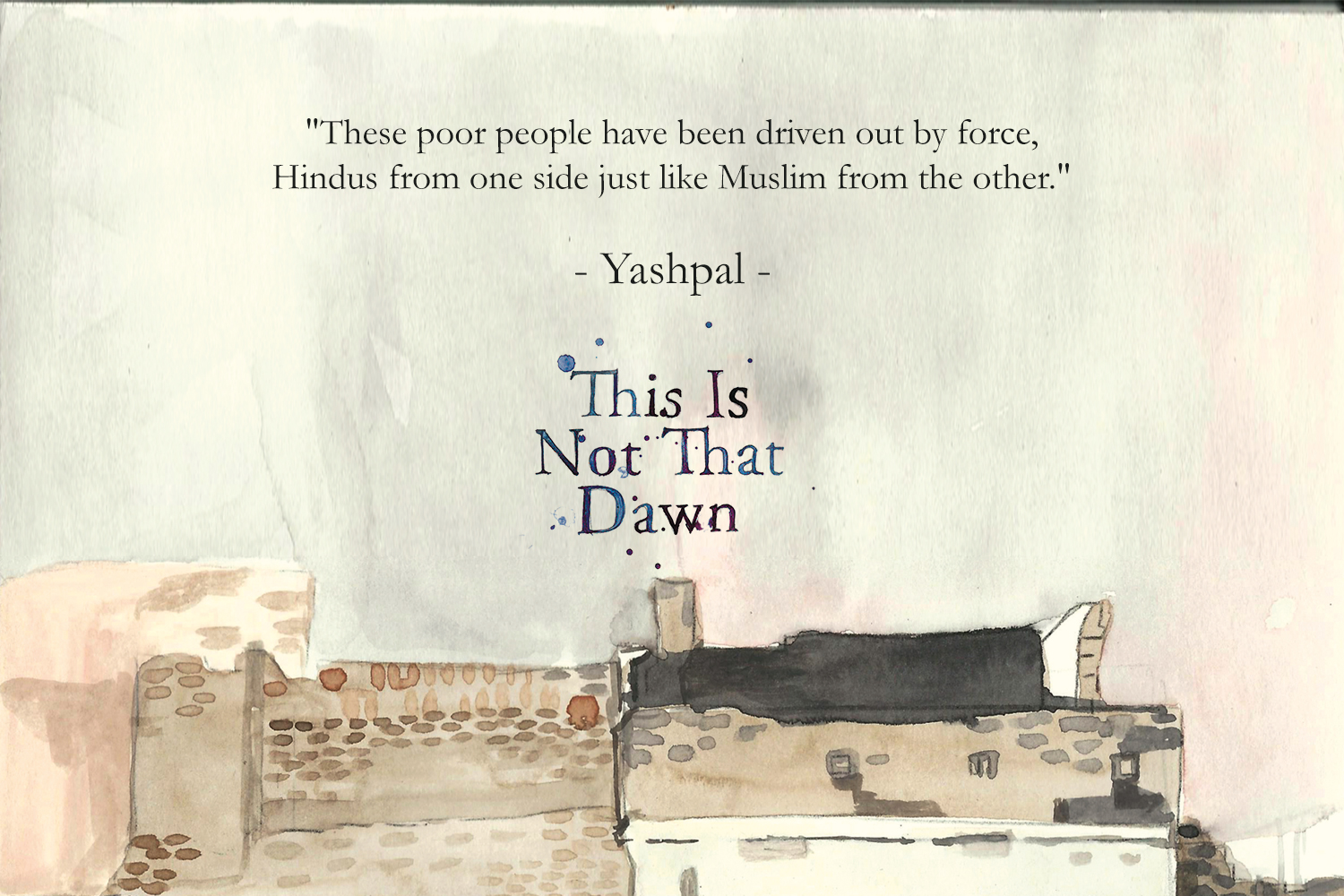
The Great Partition by Yasmin Khan
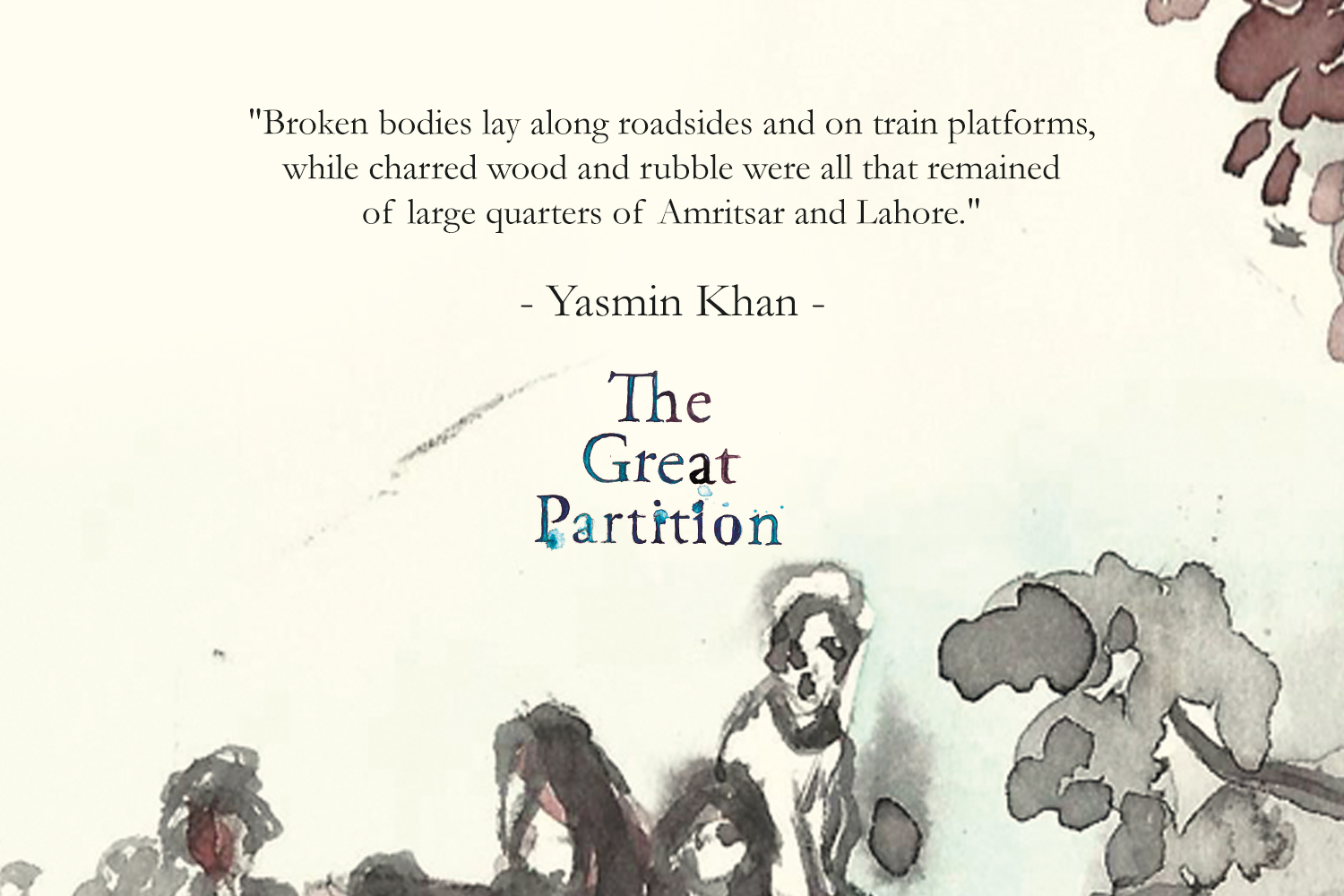
In Freedom’s Shade by Anis Kidwai

Pick up this collection and re-visit the heart-rending event.
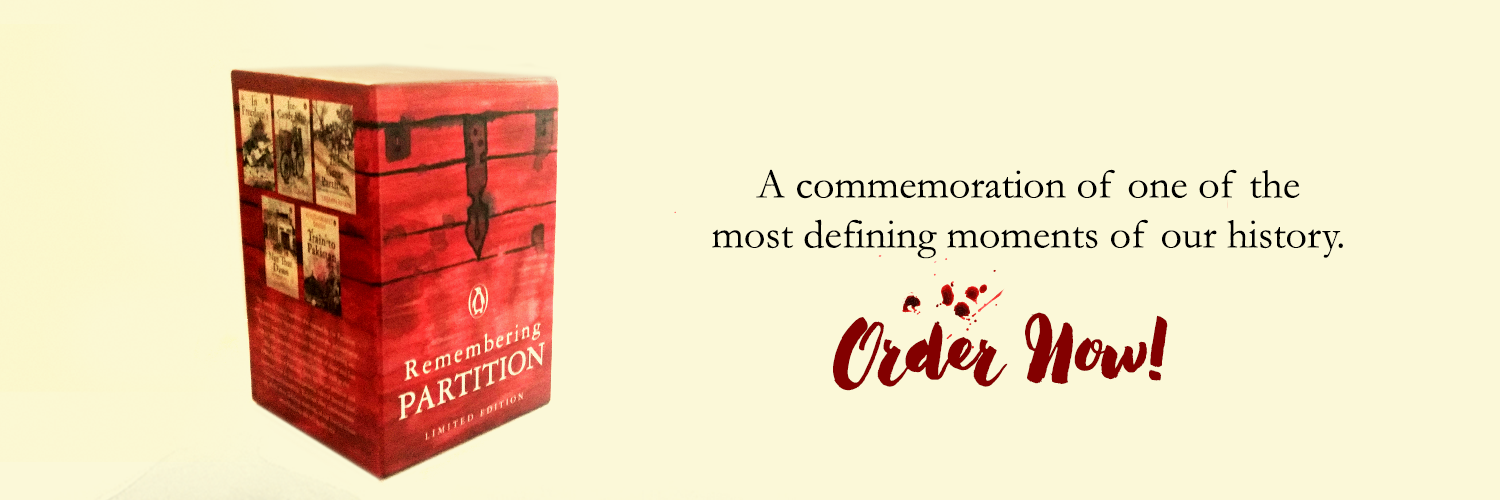
13 Reasons Why You Should Read ‘13 Reasons Why’
After the phenomenal success of the Netflix-original series ‘13 Reasons Why’, it’s more of a reason now that you read the best-selling book 13 Reasons Why by Jay Asher. One could state 50 reasons as to why it’s important to read 13 reasons Why, however, here are 13 reasons why you shouldn’t give this book a miss.
13 Reasons Why talks about the relevant issue of high-school bullying. It opens an important, yet often neglected conversation on this subject.

The book’s central theme of suicide and mental health are explored and dealt with sensitivity. It starts a dialogue about how to identify signs of suicidal tendencies in a person and the importance of reaching out to sufferers during such situations.

The book lays emphasis on being more empathetic towards someone feeling troubled. It speaks about how one’s actions might have desolate effects on someone else even if they seem harmless.

13 Reasons Why talks about sexual harassment of all sorts – it gives an insight into how sexual abuse is not only of the physical kind but can be perpetrated through words and other ostensibly benign actions.

It starts a dialogue about important subjects such as body shaming and objectification – actions that are known to have debilitating impacts on individuals.

The story states the absolute non-negotiable nature of sexual consent of any kind.

It talks about voyeurism – the implications of how intruding into someone’s private space gives rise to paranoia and anxiety that have the potential to snowball into something bigger in future.

The novel seeks to de-stigmatise mental health issues. Through its pages, it explores the idea of opening friendlier, safer and newer spaces to discuss such issues without the fear of being judged.

How silent spectatorship or ‘fence-sitting’ in a situation might lead to unpleasant consequences – characters in 13 Reasons Why establish in more ways than one as to how important it is to speak up when required.

13 Reasons Why sheds light on the struggle of sexual abuse survivors trying to confide in someone and coming out in the open about their trauma.

It alerts parents, guardians, teachers, counsellors and the entire social ecosystem of mental health issues and the role they play in an individual’s life.

The book, through its characters, speaks of the significance of seeking help in case one feels like they are stuck in a helpless situation.

And finally, the book opens the much-needed doors to the possibility that ending one’s life during such dark phases is not the ultimate solution.

Do you feel there are the more reasons to read 13 Reasons Why? Tell us!

5 Reasons You Should Read Vikrant Khanna’s Latest Book
The Girl Who Knew Too Much is about a thirteen-year-old girl who hears about the miraculous reunion of a young woman and her dead boyfriend.
Here are 5 reasons The Girl Who Knew Too Much is your next read.
Vikrant Khanna is also the best-selling author of When Life Tricked Me and Love Lasts Forever.

It is a story about love and loss.

It is the story of hope.

Life goes on even after death.

Vikrant Khanna’s imagination of Yamaraj is pretty cool. He even calls the protagonist ‘bro’.

Ready to get your hands on the book? Tell us which part did you like the most.

5 Things You Didn’t Know About Sister Nivedita
Margaret Noble, called Margot by her family and friends, came to India in 1898 inspired by Swami Vivekananda. She took the vows of celibacy and devoted the rest of her life to the cause of India. During her stay in India, she impressed many famous national figures and even influenced the ending of Rabindranath Tagore’s novel Gora.
Reba Som in her compelling biography of Sister Nivedita traces the development of Margaret from an Irishwoman into Sister Nivedita and finally into ‘Lok Mata’ or ‘People’s Mother’—a title bestowed on her by Tagore.
Here are five things you probably didn’t know about Sister Nivedita.
She lived up to her given name and devoted herself fully to the cause of India.

She wrote over 800 letters to her friends.

After her death, Josephine MacLeod decided to share Nivedita’s personal papers and letters with Lizelle Reymond for a definitive biography of Sister Nivedita in French, which was translated into English as The Dedicated: A Biography of Nivedita (1953).

She took him under her wing, reassured him in moments of despair, invited financial assistance for his work and constantly edited and helped in the writing of his manuscripts.

She wished to learn the culture of faraway India so she could contribute towards the education of women in the light of their own civilizational values.

Do you know more such facts about Sister Nivedita? Share with us.

7 Things You Did Not Know About MGR
Marudur Gopalan Ramachandran, or MGR was the founder of the AIADMK and three-time chief minister of Tamil Nadu. A Bharat Ratna recipient, he dominated the state’s stratosphere for four decades.
A brilliant new book by R. Kannan dissects MGR’s years in power: his early administration, the legendary midday meal scheme launched in 1982 that fed 92 lakh schoolchildren, his well-intentioned farm subsidies and freebies that strained the exchequer, his largesse to the Liberation Tigers of Tamil Eelam, as well as his unabashed sponsorship of liquor barons and private medical and engineering colleges that aided the transformation of the state, but also fueled corruption.
Here are seven things you did not know about the legendary actor-politician!
A Larger-than-life Figure

Innate Sense of Giving and Hospitality

Being His Own Man

He Was Considered an ‘Avatar’ of God

Watchful While Sitting Tall

The Spirit of Meting Out Judgement

Eye for detail

Looking for more? Get the story of India’s very first actor-politician here!

6 Times Our Prime Minister Surprised Us
Prime Ministers don’t always have to be serious, do they? India’s current Prime Minister Narendra Modi has often shown a side that reaches outside of his bureaucratic, stoic demeanour.
Here our 6 instances when Prime Minister Modi pleasantly surprised us:
Moshe, the 26/11 survivor met Narendra Modi with affection, on his recent visit to Israel.

When the Canadian and Indian PM talked about a sporty partnership.


When our PM broke protocol to hug a little girl.

When Ravi Shastri was bowled over by our PM.

When PM Modi became nostalgic.

PM Modi has a unique way of reaching out to his fans.


Tell us which instance surprised you the most.

5 Iconic Plays by George Bernard Shaw That Show Us Why He is the Master Playwright
Irish playwright, George Bernard Shaw, was born in Dublin on July 26, 1856. Beginning his career as a writer in London, Shaw wrote extensively in his initial years to make ends meet. After his novels failed repeatedly on being rejected by publishers, Shaw turned to writing plays.
As his plays went on to become huge successes, his satirical, witty style established him not only as a genius playwright, but also as a social commentator of his time. Shaw was also the first writer to win both the Nobel Prize for Literature in 1925 and the Academy Award for the Best Adapted Screenplay of his play, Pygmalion, in 1938.
Out of the 60 plays George Bernard Shaw wrote during his lifetime, here’s a glimpse at five of them one must not miss out on.
Pygmalion: G. B. Shaw’s most popular play, Pygmalion, premiered on stage on October 16, 1913. It is based on the well-known Greek mythological character by the same name. It has been adapted several times through the years not only on stage but also on screen, with My Fair Lady winning an Academy Award for best screenplay.

Saint Joan: G. B. Shaw’s play on the 15th century French ‘heroine’, Joan of Arc, premiered in 1923. After Joan of Arc was canonized by the Roman Catholic Church in 1920, Shaw studied the documents and transcripts of her life and trial to write a play, which he said, maintained his drama “at the level of high tragedy”.

Heartbreak House: Or Heartbreak House: A Fantasia in the Russian Manner on English Themes, was written in 1919 and premiered at the Garrick Theatre in UK’s Westminster in November 1920. In this play, Shaw adapts famous Russian writer, Anton Chekhov’s style to comment on society and the changing faces of people around us.

Candida: Written in 1894 and first published in 1898, Candida is a comedy that featured as a part of G. B. Shaw’s Plays Pleasant. The play that questioned the Victorian ideas of marriage, love and companionship became so popular that in 1904 the phenomenon was termed as “Candidamania”.

Man and Superman: The four act play written by Shaw in 1903 premiered on stage in May 1905. However, its first show omitted the third act of the play. Consequently, the third act — ‘Don Juan in Hell’, which is also the longest act in the play, has gone on to be performed as a separate piece by itself.
 Tell us your favourite work of George Bernard Shaw, as we celebrate the 161st birth anniversary of one of the pioneers of the Drama of Ideas.
Tell us your favourite work of George Bernard Shaw, as we celebrate the 161st birth anniversary of one of the pioneers of the Drama of Ideas.
10 Things You Didn’t Know About Vikram Bhatt
Vikram Bhatt is a reputed filmmaker and considered one of the pioneers of the Hindi film industry. Hailing from a family of cinema stalwarts, his father Pravin Bhatt is the acclaimed director of photography of more than a hundred films in a career spanning more than fifty years. In a career span of more than 25 years, Vikram has directed more than 35 films and written screenplays for more than 15 films. Currently, he heads Loneranger Productions Pvt. Ltd—a company that specializes in film, television and now also the Web.
Here are 10 things you did not know about the author of A Handful of Sunshine.










How many of these facts did you know about Vikram Bhatt?

The Fascinating Life of Ernest Hemingway: War-Veteran, Journalist, Wordsmith
Nobel laureate, Ernest Hemingway, was born on July 21, 1899 in Illinois, USA. With his works influencing generations of writers after him, Hemingway’s journalistic, pragmatic and prosaic approach became famous for conveying some of the most difficult subjects.
The evolution of Hemingway’s writing style has everything to do with the course his life had taken. For Whom the Bell Tolls and A Farewell to Arms talk about life during the times of war, a reality Hemingway had lived through for a major part of his life. But before Hemingway settled for a life as a writer, his tryst with other professions is what shaped him as the wordsmith that he is.
Here’s looking at Ernest Hemingway’s life through his different professions.
Life as an ambulance driver for the Red Cross: After graduating from high school, Hemingway turned eighteen and tried to enroll in the army as World Was I was raging in Europe. The United States had joined the fight against Germany and Austria in 1917. However, Hemingway did not make it to the army due to poor vision in one eye, something that had been passed down to him by his mother. But soon enough when he heard that the Red Cross was taking volunteers as ambulance drivers, he did not think twice before signing up. Soon after joining as an ambulance driver in Italy he was severely injured due to a mortar shell exploding a few feet away from him. Hemingway was consequently awarded the Italian Silver Medal for Valor for his services in war. A Farewell to Arms was inspired by this phase of Hemingway’s life.

Life as a journalist: Between graduating from high school and joining the Red Cross in Italy, Ernest Hemingway had his first tryst as a cub reporter for the Kansas City Star for six months. Later, after returning from war in January 1919, he had a difficult time coping with the tranquillity of life back home – a far cry from the adventurous days in the battlefield. Despite not having turned 20 yet, the war had made Hemingway mature by years in a matter of just a few months. He began to work as a staff writer and foreign correspondent for the Toronto Star Weekly later that year. In 1920, Hemingway moved to Chicago and continued to write for the weekly from there.
After his marriage, Hemingway moved to Paris in September 1921 on being hired as a foreign correspondent for the Toronto Star. In his first 20 months in Paris, he filed 88 stories for the newspaper. His years as a journalist overlapped with his years as a writer, as is often the case with many others.

Birth of the writer: Ernest Hemingway needs no introduction as a writer. He has won some of the most prestigious awards in the world of literature. Not only has he written works of fiction, like The Sun Also Rises, A Farewell to Arms, The Old Man and the Sea and For Whom the Bell Tolls, his works of non-fiction too, like Death in the Afternoon and Green Hills of Africa, have been widely read across the world through generations. Writers after his time have tried relentlessly to emulate his style that is crisp, sharp and prosaic, displaying a major hangover from his journalist days. Hemingway had become a spokesperson of World War I for his generation, thereby establishing his style distinctively from the other writers of his times.

Ernest Hemingway’s legacy lives on not only through his literature, but also through the millions of tributes made to him. From pens to planets, clothes to highway inns, Hemingway and his words have continued to live on, inspire, fascinate.







